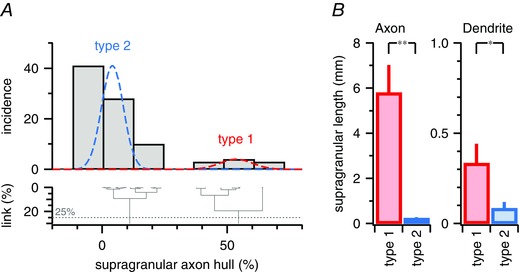Figure 3. Axonal morphology classified BCs into two types .

A, BC morphologies were independently clustered based on the amount axonal branching in supragranular layers (see Methods). The 25% best‐cut (dotted line) intersected the dendrogram (bottom) twice, suggesting that BCs should be partitioned into two types. Type 1 (red) had ascending axons ramifying extensively above the border of granular L4, whereas the axonal arbour of type 2 (blue) was largely subgranular (Fig. 2) (Buchanan et al. 2012; Ferreira et al. 2014). B, total supragranular axon length was considerably different for type‐1 and type‐2 BCs (5.8 ± 1 mm, n = 10, vs. 0.23 ± 0.05 mm, n = 71, P < 0.01). We also found a small but significant difference in total supragranular dendrite length (330 ± 100 μm vs. 90 ± 40 μm, P < 0.05).
